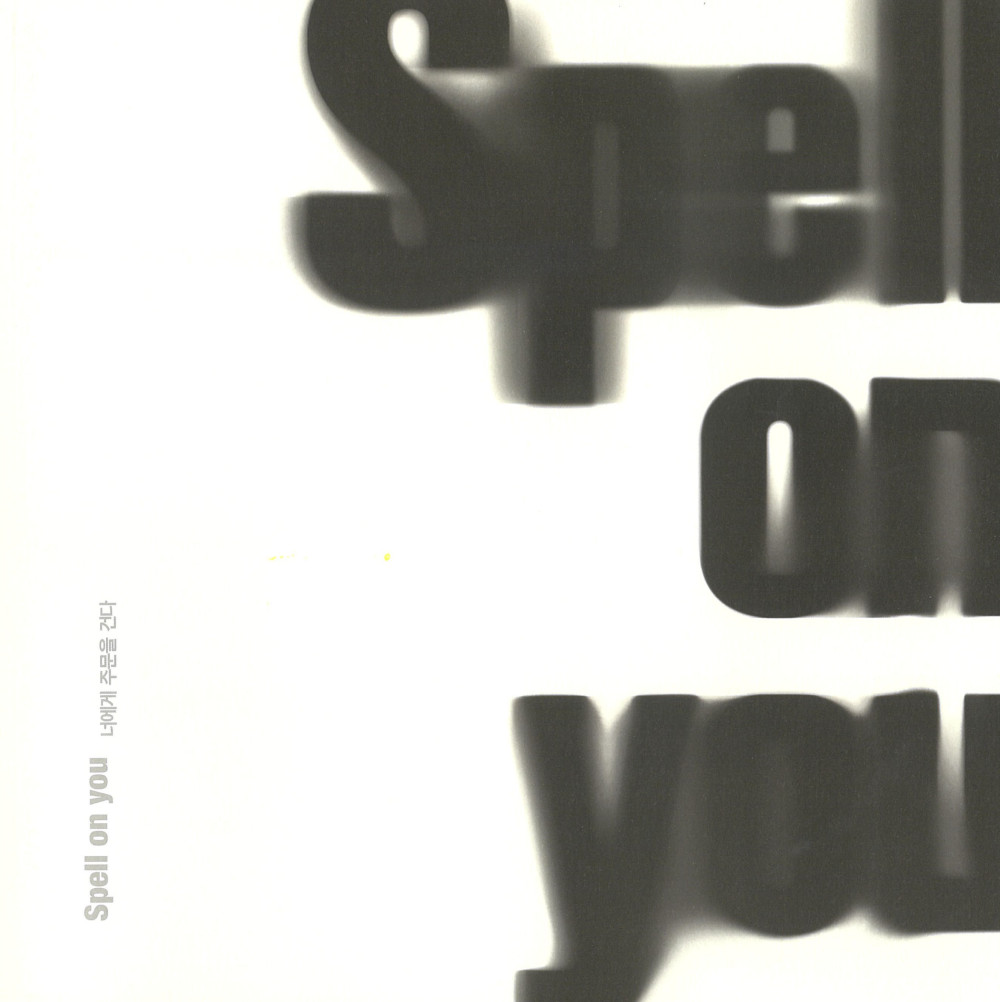
Krapp’s Last Tape is the outrageous title of an outrageous play. Imagine! A feeble, nearly blind and deaf, solitary and half-drunk man, crouching in a squalid room, subsisting on bananas and playing to himself old tape recordings of his own voice-recordings, moreover, that consist in no small part of comments on still earlier tapes. Robert Hatch. Krapp’s Last Tape installation transcodes a video performance of Beckett’s one-act play into a stream of viscous honey. The honey streams from a height of almost three meters creating a continuous floating seismographic string that oscillates to the sound of the performance, and leaves its transient traces on the surface of an overflowing honey pool. The piece aims to give a tangible form to every moment of the play, to the enacted sounds as well as to the densely charged pauses and silences The physical encoding is intended to underscore the structural dynamic of the play by highlighting the way in which Beckett “speaks” as much through emptiness as through presence. The honey pours, slowly intermixing in a transparent container In the process, the container becomes an embodiment of the performance, accruing layers of sediment as a kind of “data transcription” of the piece. And yet, rather than creating a “geological data map” of the piece, the honey intermixes and blends inside the container, reconstituting a volume of undifferentiated mass. As the honey settles back into its immobile state. The “interpretive data” is visually and symbolically absorbed back into its material carrier, and all interpretive schemes are reconstituted as potentialities.





